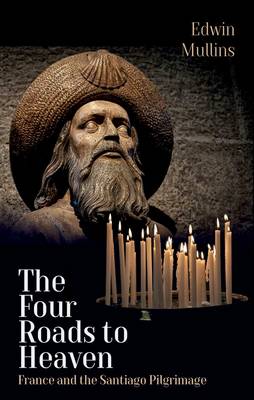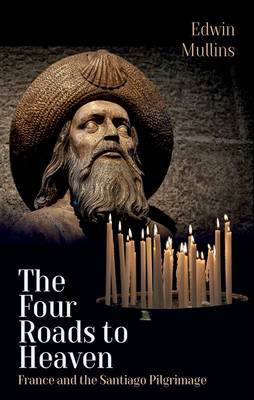
- Retrait gratuit dans votre magasin Club
- 7.000.000 titres dans notre catalogue
- Payer en toute sécurité
- Toujours un magasin près de chez vous
- Retrait gratuit dans votre magasin Club
- 7.000.000 titres dans notre catalogue
- Payer en toute sécurité
- Toujours un magasin près de chez vous
27,95 €
+ 55 points
Format
Description
"THERE ARE FOUR ROADS LEADING TO SANTIAGO, WHICH COMBINE TO FORM A SINGLE ROAD" -- So begins The Pilgrim's Guide, the world's first guidebook. Written early in the twelfth century by Benedictine monks, it served travelers taking part in the great pilgrimage of the Middle Ages, to the tomb of the apostle St. James, the cousin of Christ, at Santiago de Compostela in northwest Spain. The four roads are all in France: from Paris in the north; from Vézelay in Burgundy; from Le Puy-en-Velay in the Massif Central; and from Arles in Provence--all threading their way across the country before joining as a single road in northern Spain. A step-by-step account of these four journeys through medieval France, the Guide's aim was to explain to pilgrims the religious sites they would see on their way to Santiago, but it also offered advice on where to stay, what to eat and drink, and how to avoid dishonest innkeepers and murderous boatmen. Edwin Mullins follows the same four roads as they exist today in the footsteps of those medieval travelers. He explores the magnificent churches, abbeys, and works of art which are the proud legacy of the pilgrimage, as well as reconstructing a turbulent period of history that encompassed wars, crusades, and the re-conquest of Spain. Many of the buildings and landmarks that sprang up along the pilgrim routes still stand there today, and The Four Roads to Heaven brings to life their historical, architectural, and spiritual significance. From imposing Romanesque and Gothic cathedrals to humble pilgrims' hospices, this book looks at the living legacy of one of the great social phenomena of the Middle Ages--the pilgrimage to Santiago. Richly illustrated with Adam Woolfitt's color photographs, The Four Roads to Heaven offers an invaluable guide--nine hundred years after its predecessor--to the paths still trodden by increasing numbers of pilgrims.
Spécifications
Parties prenantes
- Auteur(s) :
- Editeur:
Contenu
- Nombre de pages :
- 224
- Langue:
- Anglais
Caractéristiques
- EAN:
- 9781623719913
- Date de parution :
- 01-07-18
- Format:
- Livre broché
- Format numérique:
- Trade paperback (VS)
- Dimensions :
- 140 mm x 216 mm
- Poids :
- 408 g







